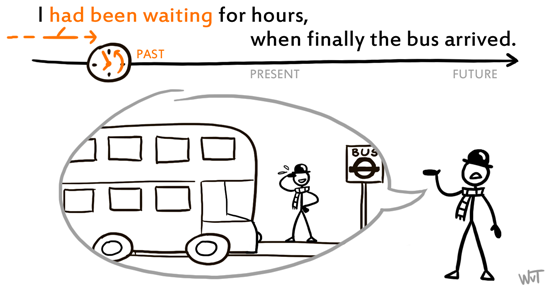Present Perfect Continuous Verb Tense
With present perfect continuous verb tense, what do we mean? When there is an action which has just been completed, we use the present perfect continuous verb tense.
present perfect continuous
= subject+auxiliary verb+auxiliary verb + main verb
I have been cycling.
 When we use the present perfect continuous verb tense in a sentence, we mean to infer that there is a connection between a past action and the present. There are two uses for the present perfect continuous tense:
When we use the present perfect continuous verb tense in a sentence, we mean to infer that there is a connection between a past action and the present. There are two uses for the present perfect continuous tense:
Present perfect continuous – or present perfect progressive tense – is used to show that something started in the past and has continued up until now. When there is an action which has just been completed, we use the present perfect continuous tense. We are talking about an action in that began in the past, and has now ended.
RECENT ACTION. RESULT NOW.
You don’t understand because you don’t listen.
I have been walking the dog.
2. Duration. Duration can mean something specific like ‘for one hour’, ‘yesterday’. Present perfect continuous can also be used to convey a more general sense of time, when combined with words like ‘recently’, ‘lately.’
What have you been doing lately? (what are you doing now)
We’ve been sailing for 10 days. (and we are still sailing now)
When we use the present perfect continuous tense, we find ourselves abbreviating the subject and combining it with the first auxiliary verb. For example:
I’ve been cycling. (I have ..)
He’s been doing his laundry. (He has ..)
We’ve not been sleeping at all well. (We have ..)
When we use the present perfect continuous tense in a sentence, we are saying that there is a connection between a past action and the present.



















